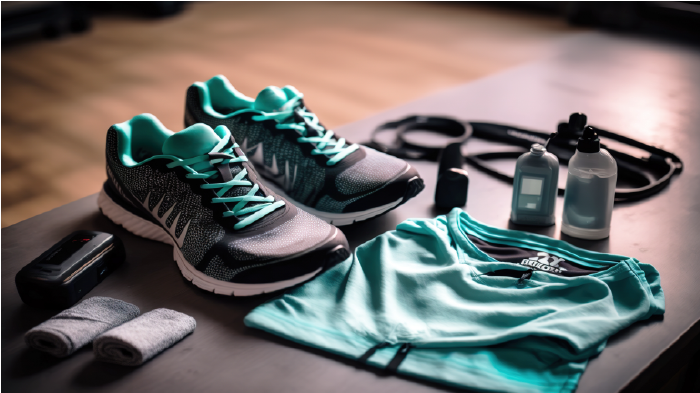The Ultimate Guide to Buying Quality Athleisure Wear
Athleisure wear has revolutionized the fashion industry, blurring the lines between activewear and everyday clothing. From yoga pants and leggings to hoodies and sneakers, athleisure wear combines comfort, style, and performance, making it a staple in modern wardrobes. However, not all athleisure wear is created equal.
In this guide, we’ll explore the key factors to consider when buying quality athleisure wear, from fabric and fit to durability and sustainability, ensuring you make informed choices that elevate your style and performance.

Understanding Athleisure Wear
Before diving into the buying process, it’s essential to understand what defines athleisure wear and its unique characteristics:
-
Versatility: Athleisure wear seamlessly transitions from the gym to the streets, offering versatility for various activities and lifestyles.
-
Comfort: Comfort is paramount in athleisure wear, with soft, stretchy fabrics and ergonomic designs that allow for freedom of movement and all-day wearability.
-
Performance: While athleisure wear prioritizes comfort and style, it also delivers performance features such as moisture-wicking, breathability, and temperature regulation for active pursuits.
Choosing Quality Fabrics
The fabric composition plays a significant role in the comfort, performance, and durability of athleisure wear. Look for quality fabrics that offer the following benefits:
-
Moisture-Wicking: Opt for moisture-wicking fabrics like polyester blends or technical fabrics that draw sweat away from the skin, keeping you dry and comfortable during workouts.
-
Breathability: Choose fabrics with breathability features such as mesh panels or moisture-wicking properties that promote airflow and ventilation, preventing overheating and moisture buildup.
-
Stretch and Recovery: Look for fabrics with stretch and recovery properties like spandex or elastane, providing flexibility and shape retention for a snug yet comfortable fit that moves with your body.
Evaluating Fit and Comfort
The fit and comfort of athleisure wear are crucial for both performance and style. Consider the following factors when evaluating fit and comfort:
-
Tailored Fit: Look for athleisure wear with a tailored fit that flatters your body shape without being too tight or restrictive. Pay attention to waistbands, seams, and ergonomic design elements that enhance comfort and mobility.
-
Flatlock Seams: Flatlock seams reduce chafing and irritation, providing a smooth and comfortable feel against the skin, especially during high-intensity activities like running or cycling.
-
Adjustable Features: Choose athleisure wear with adjustable features such as drawstrings, elastic waistbands, or adjustable straps for a customized fit that accommodates fluctuations in body size or shape.
Prioritizing Durability and Longevity
Investing in quality athleisure wear ensures longevity and durability for long-term wear. Consider the following factors to prioritize durability:
-
Quality Construction: Inspect the construction of athleisure wear garments, including stitching, seams, and reinforcements. Look for double-stitched seams, reinforced stitching at stress points, and high-quality zippers and hardware for durability.
-
Fabric Performance: Choose athleisure wear made from durable, high-performance fabrics that withstand repeated washings and maintain their shape and color over time.
-
Brand Reputation: Research athleisure wear brands known for their commitment to quality, craftsmanship, and durability. Read customer reviews and testimonials to gauge the longevity and durability of specific garments.
Embracing Sustainability
As sustainability becomes increasingly important in fashion, look for athleisure wear brands that prioritize eco-friendly materials and production practices:
-
Organic and Recycled Materials: Choose athleisure wear made from organic cotton, recycled polyester, or other sustainable materials that minimize environmental impact and reduce reliance on virgin resources.
-
Ethical Manufacturing: Support athleisure wear brands that uphold ethical manufacturing standards, including fair labor practices, safe working conditions, and transparency throughout the supply chain.
-
Certifications and Accreditations: Look for certifications such as Global Organic Textile Standard (GOTS), Oeko-Tex Standard 100, or Bluesign certification, which ensure that athleisure wear meets stringent environmental and social criteria.